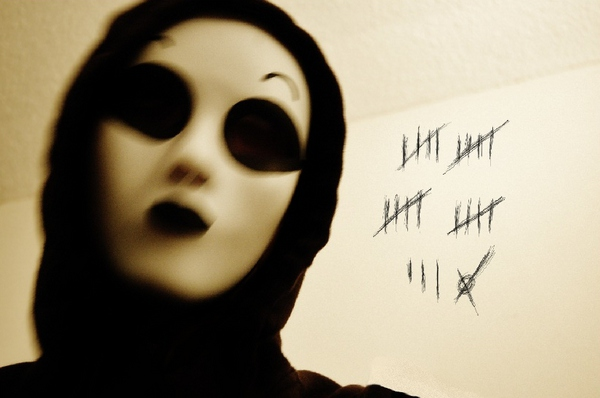
TV editor Tom Stone unearths an old internet horror web series, Marble Hornets, and points to its unique combination of context and presentation in creating an immersive horror experience
Naturally, there are an innumerable number of shows available on an uncountable number of streaming services, such that unique diamonds in the rough can be hard to find without hours of searching. Alternatively, however, I am going to urge recognition of the alternate reality game (ARG) horror genre. This refers to a form of media entertainment that, during its dissemination, interacts with its audience directly and masquerades as reality itself in a way that traditional media cannot. While this area certainly has its fair share of bloating and unoriginality, there are many great experiences to be had here. A great starting point for this lies in the YouTube web series Marble Hornets.
Marble Hornets is an ARG horror web series, uploaded to YouTube from 2009 to 2014, comprising three seasons. It follows the experiences of Jay (Troy Wagner), as he attempts to piece together the hidden and sinister context behind an old student film – Marble Hornets – that ceased abruptly due to his friend Alex’s (Joseph DeLage) sudden departure from their university. He increasingly finds that the old footage does not correspond with his memories of the filming, and anomalous appearances in the background entices him to learn more. The narrative develops as Jay updates his online community with new footage and analysis, developing into his own exploration in aid of understanding what happened, ultimately attracting the attention of a silent figure overseeing the events at play: the Operator.
explorations of dilapidated locations, chase sequences, and unsettlingly cryptic, abstract, vintage-horror anomalies
This culminates in a long series of short videos with a mixture of edited footage and text providing narrative context, vlog-like explorations of dilapidated locations, chase sequences, and unsettlingly cryptic, abstract, vintage-horror anomalies. In this way, for anyone who has seen the Blair Witch Project, it takes the same found footage concept a step further creatively. Instead of being a traditionally funded and marketed show or film, it delivers its concept by living in its own context, that of a few individuals documenting their own experiences via the internet. All while relying on the same home-video presentation to deliver its tense and unnerving narrative.
By utilising a site used for casual video sharing, it performed an excellent subversion of expectations and subsequently amplified the potential for fear in an unlikely context. Drawing on the inhuman memory of home-recording media that records and carries with it the lives of those who once held them, with their uncanny glitching and instability lending them a quality of horror most unique. It is a medium that works perfectly with the fear of the unknown and the temptation for knowledge; the abandoned camcorder is a lifeless watcher, and we cannot help but want to know what it has seen.
there is no obvious disconnect . . . between the viewer and the ultimately fictional world we are shown
Marble Hornets gains its value further in how it blurs the line between fiction and reality, something that is much harder via traditional mediums of film and television as audiences are far too familiar with its inner workings. Much like other subsequent horror ARG’s, there is no obvious disconnect (in credits, studios, and producers) between the viewer and the ultimately fictional world we are shown. Following 2007’s Louise is Missing, that took the form of a vlog series to convey ghostly occurrences at a house in London (which I highly recommend also), Marble Hornets took the concept further still by involving the community as it uploaded. Ultimately branching out into two separate channels (the other named totheark) that interacted as it released its episodes, or ‘entries’, as Jay aimed to keep his audience updated on his investigation, over the course of three years in real time.
Of course, this series no longer occupies the grey area of reality quite so well as it once did, considering the millions of views many of the episodes now have. Yet still there is something authentic to the archaic technology, in the form of tapes, used that helps ground it in a way that newer short-form ARG horror cannot quite replicate. The reliance on video tapes helps Marble Hornets sit in a modern world, but one just before the explosion of digital media and the dominance of the internet that we see today. It is upon this threshold where our suspension of disbelief and subsequent investment in the characters can grow.
stick on a playlist of the whole series . . . and let it play
This remains a hidden gem despite its online popularity, as it caters to a certain niche of viewers, where I hope that those who look only to regular streaming services for content of this type might be encouraged to explore further afield. Overall, if you are interested in this kind of horror done convincingly well (unlike films like Unfriended or Host) then stick on a playlist of the whole series (including totheark’s uploads) and let it play. While it has of course aged over time, and the acting is not always stellar, the overall presentation certainly helps sell the experience of ordinary people tackling bizarre and horrifying situations.
Read more TV articles here:
TV Character Spotlight: Chloe Gemell (My Mad Fat Diary)
Comments